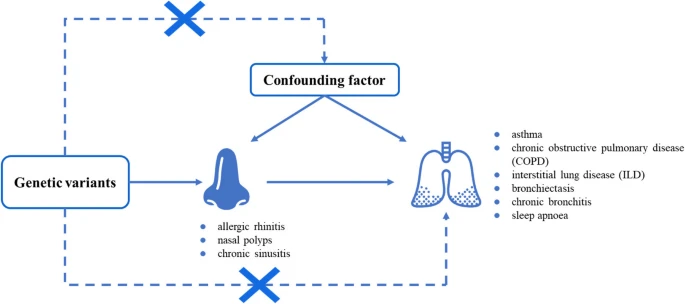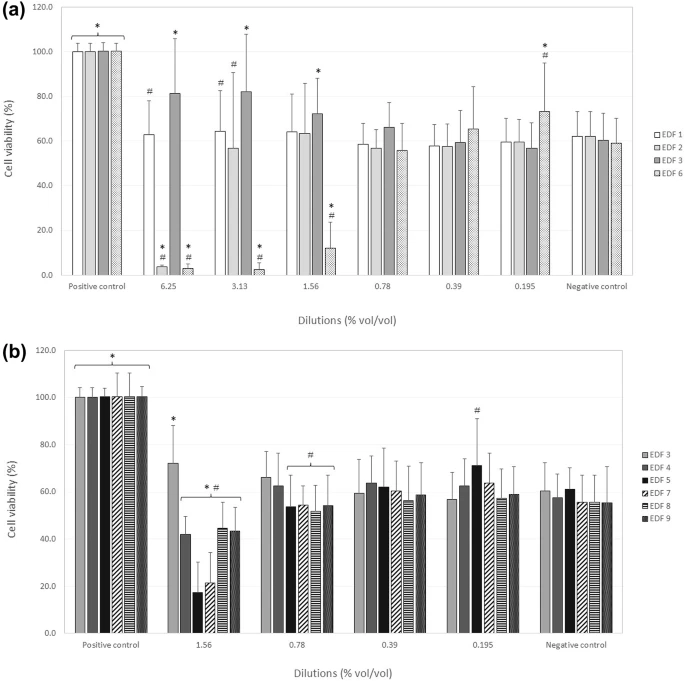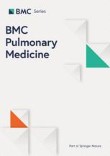A blog that publishes updates and open access scientific papers about allergy, asthma and immunology. Editor: Juan Carlos Ivancevich, MD. Specialist in Allergy & Immunology
March 17, 2025
Breaking down prebiotics, probiotics and postbiotics
From fermented foods to chia seeds, registered dietician Vanessa Risseto breaks down gut health and gives tips on how to get your prebiotics, probiotics and postbiotics naturally.
The prevalence and risk of allergic rhinitis in psoriasis patients: a systematic review and meta-analysis
Untaaveesup, S., Amnartpanich, T., Leelakanok, N. et al. Sci Rep 15, 9009 (2025). https://doi.org/10.1038/s41598-025-86779-1
Abstract
 |
| A pooled prevalence of allergic rhinitis in patients with psoriasis |
March 12, 2025
Impact of Demographic and Clinical Subgroups in Google Trends Data: Infodemiology Case Study on Asthma Hospitalizations
Portela D, Freitas A, Costa E, Giovannini M, Bousquet J, Almeida Fonseca J, Sousa-Pinto B. J Med Internet Res. 2025 Mar 10;27:e51804. doi: 10.2196/51804.
Abstract
Background:
Google Trends (GT) data have shown promising results as a complementary tool to classical surveillance approaches. However, GT data are not necessarily provided by a representative sample of patients and may be skewed toward demographic and clinical groups that are more likely to use the internet to search for their health.
Objective:
In this study, we aimed to assess whether GT-based models perform differently in distinct population subgroups. To assess that, we analyzed a case study on asthma hospitalizations.
Methods:
We analyzed all hospitalizations with a main diagnosis of asthma occurring in 3 different countries (Portugal, Spain, and Brazil) for a period of approximately 5 years (January 1, 2012-December 17, 2016).
Association between allergic rhinitis, nasal polyps, chronic sinusitis and chronic respiratory diseases: a mendelian randomization study
Ren, F., Zhang, L., Zhao, D. et al. BMC Pulm Med 25, 109 (2025). https://doi.org/10.1186/s12890-025-03523-1
Abstract
Background
 |
| Schematic representation of Mendelian randomization on the relationship between nasal disease and chronic respiratory diseases |
Methods
In this study, a two-sample mendelian randomization was employed to explore the potential association between allergic rhinitis, nasal polyps, and chronic sinusitis with various chronic respiratory diseases.
March 11, 2025
The new bilastine eye drop formulation protects against conjunctival dehydration and promotes corneal wound healing in a comparative in vitro study
Abstract
 |
| Quantitative determination of the protective effect of selected antiallergic aye drop formulations against dehydration in Human Primary Conjunctival Epithelial Cells (HConEpiC) |
March 8, 2025
Definition of the Concept of Super-responders in Atopic Dermatitis: A Spanish Delphi Consensus
Abstract
A consensus study of experts was conducted to establish a definition of the concept of super-responders (SR) in atopic dermatitis (AD). The study employed a Delphi methodology based on 2 rounds to define the concept of SR in AD, exploring the opinions of expert dermatologists in AD from across Spain regarding a series of statements developed after a systematic review. Consensus was predefined as an agreement of ≥ 80% among all respondents. In the first round, 4 statements reached consensus. In the second round, 2 additional statements reached consensus. To illustrate these definitions, a set of practical cases was provided, and the level of agreement among experts was evaluated.
March 6, 2025
Indolent Systemic Mastocytosis: An Incidental Diagnosis
Abstract
Indolent systemic mastocytosis (ISM) is the most prevalent subtype of systemic mastocytosis, characterized by a clinical course progressing over several years to decades. We present a case of a 57-year-old woman with symptoms of flushing and occasional dizziness who was diagnosed with ISM after a colon polyp biopsy revealed CD3-, CD20-, and CD25-positive atypical mast cell infiltrates.




